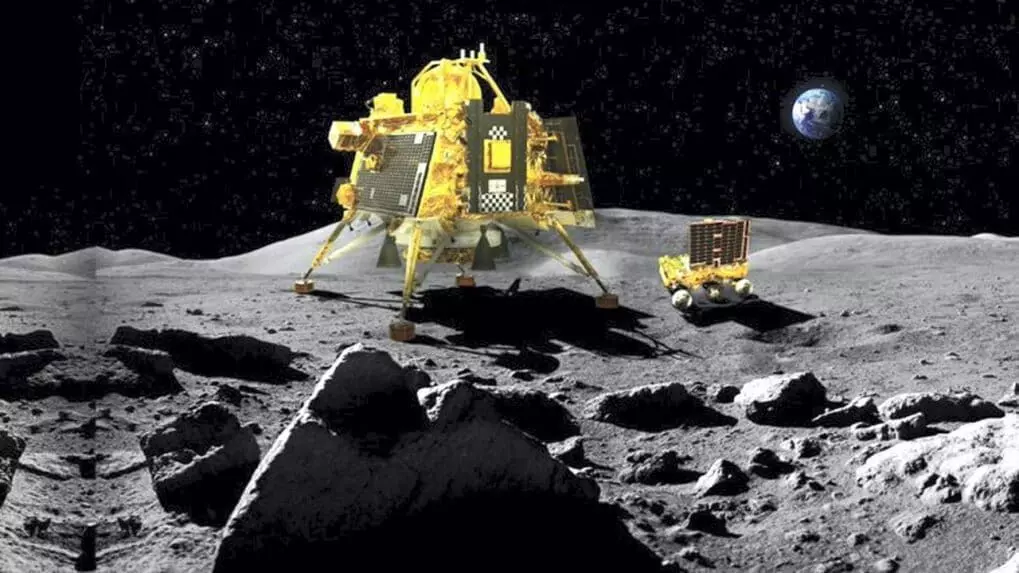India's Chandrayaan-3 Confirms Lunar Magma Ocean Existed on the Moon

There was once a great ocean of hot and molten rocks on the moon. That is, there is only lava inside and outside the moon. This has been revealed by Indian scientists. Scientists analysed the chemical data obtained from Chandrayaan-3. After this, it was confirmed that during the formation of the moon, it was covered with hot lava for many years.
This study has recently been published in the journal ‘Nature’. There was an ocean of hot lava (magma) on the entire moon. This is a few million years after the formation of the moon. The happy thing is that this study has come at a time when the whole country is going to celebrate the anniversary of Chandrayaan-3's successful landing on the south pole of the moon.
This year the first National Space Day is being celebrated to celebrate the successful landing of Chandrayaan-3. Now this day will be celebrated in this way every year. Santosh V. Vadavale, a geologist at the Ahmedabad-based Physical Research Laboratory (PRL), said that our instrument has proved that there was a Lunar Magma Ocean (LMO) on the moon.
Vadavale said that our instrument installed in Chandrayaan-3 analysed the data received from the South Pole and other moon missions. Only then did this thing come to light. There was a theory about the formation of the moon that when it was formed 200 million years ago, there was a sea of hot molten stones around it. That is lava.
As the moon cooled down, these lavas turned into stones. That is why similar stones are found at most places on the moon. Or similar metals and minerals. Even changing the area does not make much difference. This mystery of the moon has been revealed by the Alpha Particle X-ray Spectrometer installed in Chandrayaan-3.
Chandrayaan-3 landed near the South Pole of the moon on 23 August last year. After that, Chandrayaan's lander and rover worked for 9 days. Pragyan Rover covered a distance of 103 meters around Shiv-Shakti Point. During this time it stopped at 23 places and examined minerals, soil, and stones.
PRL director Anil Bhardwaj said that during its journey, Pragyan Rover examined the surface for a maximum of 175 minutes. The minimum time was 20 minutes. This showed that the amount of magnesium on the moon is very high. Other minerals were also found, but they have come up from inside the moon. Scientists from PRL, UR Rao Satellite Centre, Space Application Centre Ahmedabad and Hemvati Nandan Bahuguna University Srinagar are also involved in this study.
